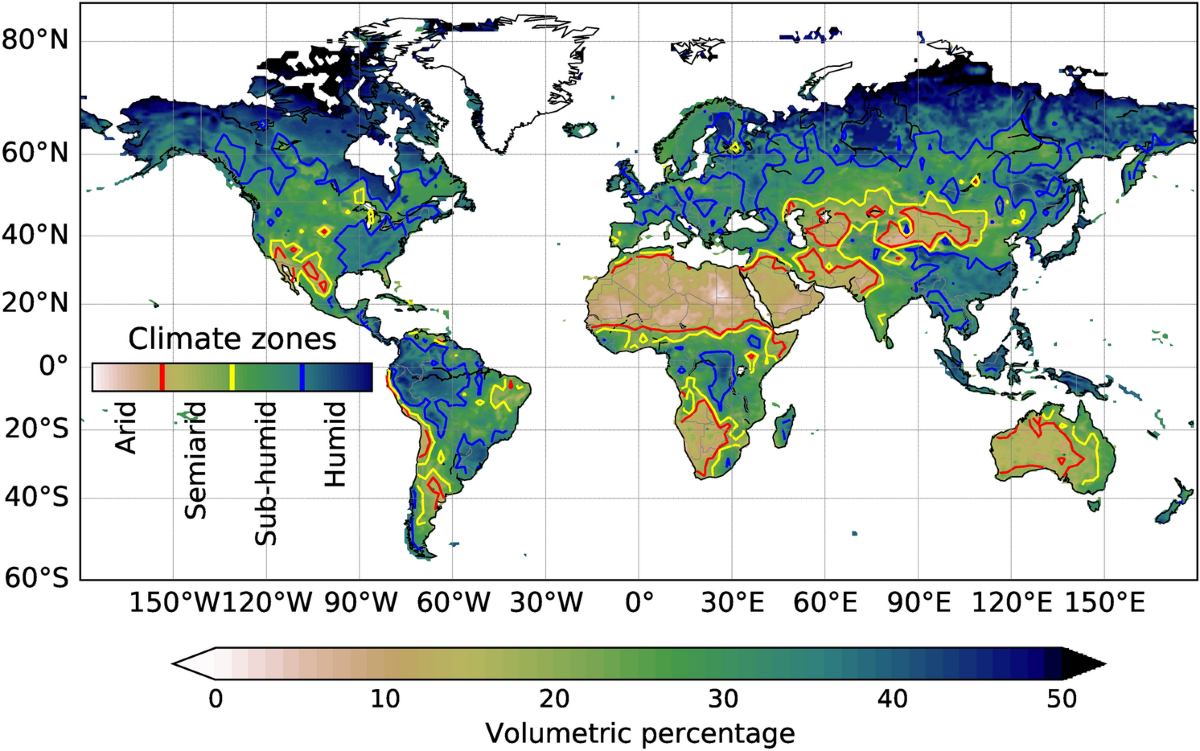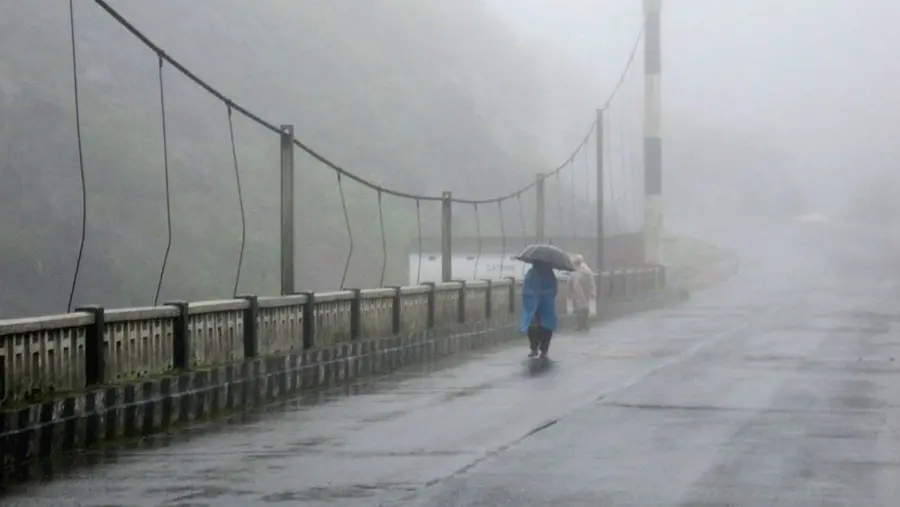The Shifting Climate Zones: Will the Tropics Move North? For centuries, Earth’s climate zones—tropical, temperate, and polar—have stayed relatively stable, giving us predictable ecosystems, weather patterns, and growing seasons. But today, climate change is starting to throw that stability off course. Scientists are observing something remarkable: the tropics are slowly creeping north (and south), redrawing the lines of the planet’s climate map.
This shift might sound subtle, but its effects are already being felt—and they could be huge.
What Does It Mean for Tropics to “Move”?
Let’s clarify one thing: the equator isn’t physically shifting. But the zone of tropical climate conditions—defined by warm temperatures, high rainfall, and minimal seasonal variation—is expanding. In simpler terms, the kind of weather we associate with the tropics is spreading outward, into traditionally temperate zones.
This expansion is part of what climate scientists call Hadley Cell widening—a process where the Earth’s tropical atmospheric circulation pattern stretches further toward the poles. As the Earth warms, this atmospheric engine expands, shifting climate zones along with it.
Signs of the Shift Are Already Here
We’re not talking about far-off predictions—this is happening now. According to studies over the past two decades, the tropical belt has expanded by about 0.5° to 1° of latitude per decade, which may not sound like much, but it adds up. That’s roughly 50 to 100 kilometers of shift every ten years.
Regions in the subtropics are experiencing more tropical-like conditions:
-
The Mediterranean is seeing hotter summers and less predictable rainfall.
-
Southern parts of the U.S., like Texas and Florida, are feeling more tropical in terms of storms and humidity.
-
Australia’s southern coastlines, once more temperate, are growing drier and warmer, mirroring tropical shifts elsewhere.
What Happens When the Tropics Move?
The impact of shifting climate zones could affect nearly every part of life on Earth—from food production to health, to biodiversity. Here’s how:
1. Agriculture Will Be Turned Upside Down
Many crops grow best in very specific climates. Coffee, for example, thrives in tropical highlands. As climate zones move, farmers may need to change crops, shift planting schedules, or even abandon traditional farmland. Regions that once had fertile soil and dependable seasons could become too hot or dry.
2. Tropical Diseases Will Travel
Mosquito-borne diseases like malaria, dengue, and Zika, traditionally confined to the tropics, are already showing up in temperate zones. As warmer, wetter conditions reach new areas, so will the insects and microbes that thrive in them.
3. Ecosystems Could Collapse
Plants and animals have adapted to specific zones over millennia. If their climate changes too quickly, they might not survive. Coral reefs, tropical rainforests, and alpine meadows are especially vulnerable. Species migrations may throw ecosystems out of balance.
4. Water Resources Will Shift
Changing rainfall patterns can lead to prolonged droughts in some areas and heavier floods in others. Regions that depend on snowmelt for freshwater, like parts of India, Central Asia, or the Andes, could suffer.
Will the Tropics Reach You?
If you live in regions like the southern United States, the Mediterranean, South Asia, or northern Australia, you might already be feeling the edge of this shift. Summers are hotter, seasons more unpredictable, and extreme weather more frequent.
The key question is how far and how fast this will continue. Some projections suggest the tropical zone could expand by 300 to 600 kilometers on either side of the equator by the end of this century. That’s enough to transform national climates—and international policies.
Can We Stop the Shift?
We can’t hold back climate zones with walls, but we can slow or limit how much they move by tackling global warming.
That means:
-
Cutting greenhouse gas emissions through clean energy and sustainable practices.
-
Protecting tropical forests that act as carbon sinks and climate regulators.
-
Investing in adaptive agriculture to prepare farmers for the changing climate.
-
Monitoring health and disease trends to prepare for shifting vectors.
But most importantly, it means acknowledging that climate change isn’t just melting glaciers—it’s moving climates.
A Planet in Motion
The idea of the tropics expanding might not feel as urgent as rising sea levels or disappearing glaciers. But it’s one of the most powerful and subtle shifts underway—a change not just in temperature, but in the geography of life itself.
As the tropics inch outward, they bring with them new challenges—and possibly new opportunities. But we’ll need to act quickly and plan wisely if we hope to adapt.
Because in a warming world, climate zones won’t wait for us to catch up.




